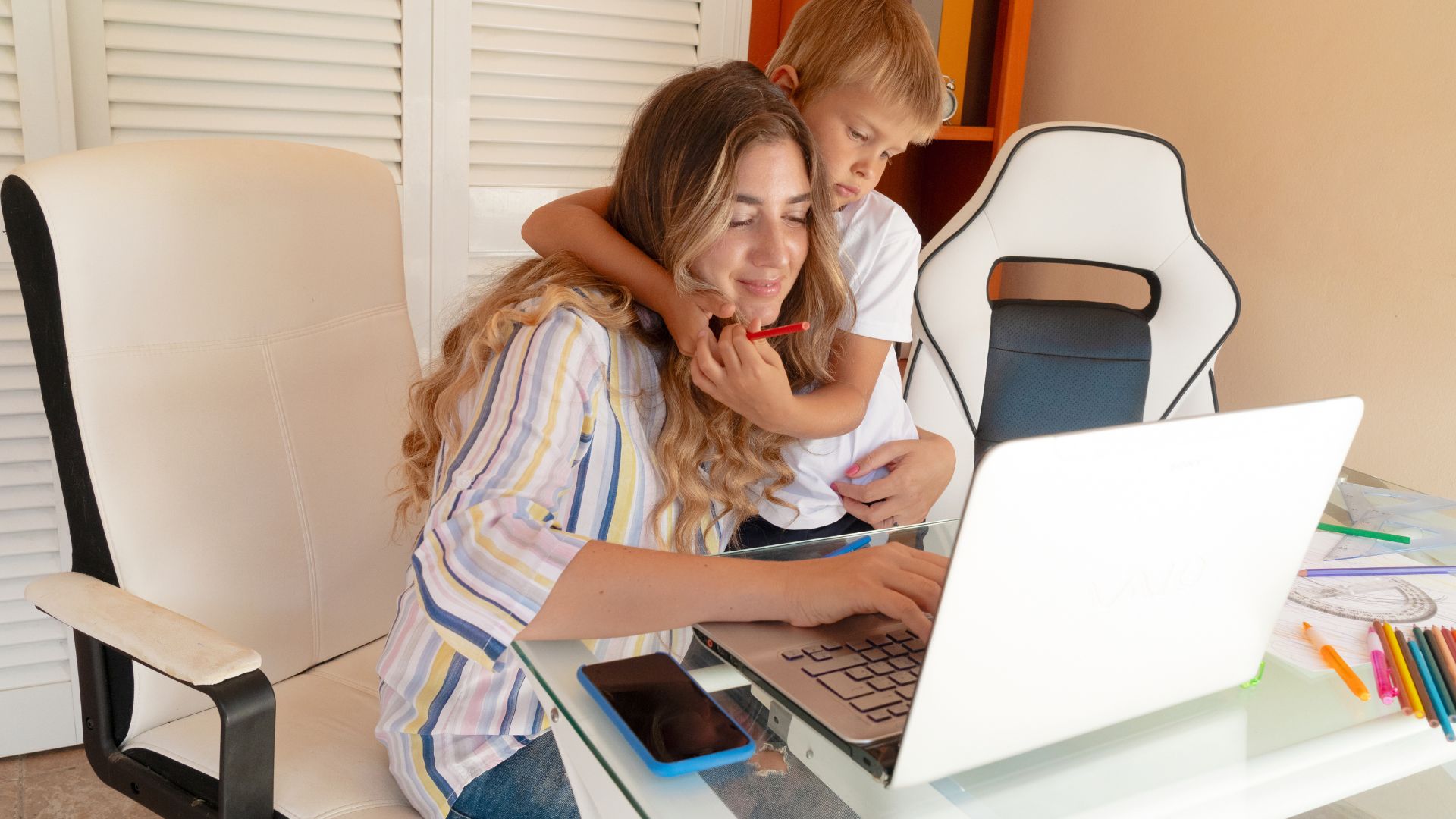First, let’s begin by addressing four of the most coveted words in parenting – “sleeping through the night” – a term most parents long to understand, experience, and feel! Throughout our sleep time, we are constantly transitioning and cycling between light and deep sleep (known as REM and non-REM). During these transition periods, we experience partial arousals – when we wake up, turn over, rearrange our pillows, or go to the bathroom. Sleeping through the night actually refers to the ability to put oneself back to sleep while experiencing a partial arousal during a sleep transition. This ability is what we are actually trying to teach our children when we long for them to “sleep through the night”.
When we review the quantity and quality of sleep in a child’s day, we must look at the duration and number of disturbances experienced throughout each sleep span. A ten hour night sleep with no disturbances is far more restorative than a 12 hour night sleep with multiple awakenings (this does not apply for newborns). Just like a child or adult with sleep apnea, 8 hours of sleep can still result in waking up exhausted, as the quality of sleep suffers due to the apnea, and the restorative properties of uninterrupted sleep are not experienced throughout the next day in mind or body.
Some might ask, “Does restorative sleep occur when my 15 month old gets up twice a night, calmly drinks a bottle, and returns immediately to sleep?” The answer is no – a 15 month old whose sleep is uninterrupted for 11.5 hours (the average for a child that age), will experience a much better, restorative night sleep, resulting the next day in better moods, a higher ability to focus and learn, and overall improved health.
This rule applies to naps as well – three 20 minute naps do not equal the power of one continuous hour of napping. Some ways to encourage your child how to gently put themselves back to sleep: (1.) Put your child in to his crib or bed drowsy but awake (you can do this gradually over a week if need be). (2.) Watch your child’s sleep windows to avoid an overtired state which will lead to more wakenings and shorter naps! (3.) Respond to each of her wakenings, gently offer assurance but don’t resort to your old sleep crutch!
Helping our children (and ourselves!) get the proper quantity and quality of sleep is one of parenting’s biggest challenges. Combine that with the quest for proper nutrition, safety, structure, and love, and it’s no wonder why our nation is sleep deprived! By becoming aware of your child’s natural patterns and listening to their cues, you can make gentle changes that will affect the well-being of your entire family.
Sleep well!
Was this article helpful to you? Please tell us by commenting below! For more baby, toddler, and family sleep tips and tricks, please subscribe to The Sleep Lady’s Facebook, Twitter, Pinterest, Google+, and YouTube channel! If you are looking for more sleep content, please check out Get Sleep Now-an exclusive members-only area designed to provide in-depth help and support during your sleep coaching experience.


